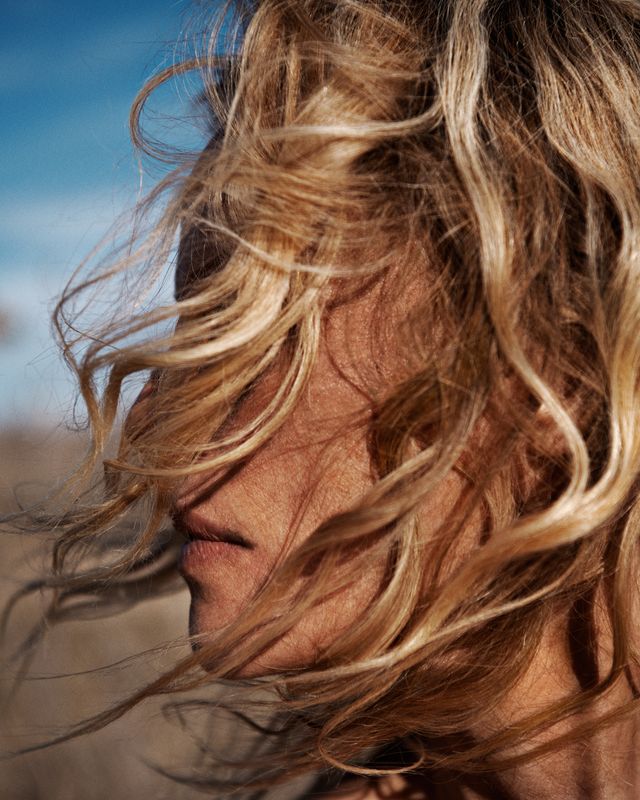
Jan Welters/Trunk Archive
When I lost all my hair in my twenties (thanks to cancer and chemo), I held out hope that it would grow back thick and curly, the way it had been before I’d gotten sick. But that’s not what happened. Instead, the new growth came in wavy, with a tendency to fall flat.
Where had my dense curls gone? New York City stylist Nunzio Saviano says his clients often complain about texture changes, though the change typically happens over time, rather than all at once, like mine did. Chemo accelerated a process most experience incrementally and attribute to weather, the wrong hair care, or “a bad cut,” Saviano says. “But it’s really your hair that’s changed.”
Melissa Piliang, MD, a dermatologist at the Cleveland Clinic, explains what’s happening: “Each hair grows for a period, then sheds,” she says. And while “people shed hairs at different rates,” a strand’s life span is about three to seven years. By that seven-year mark, you may see visible changes—hair that seems curlier or straighter, denser or thinner—because, in theory, you’d have a different head of hair than you did when the cycle began.
The reasons new hair grows in differently are varied. An illness like mine can undoubtedly have an impact. Diet, stress, and medications play a role. Cumulative wear and tear from chemical processing, weaves, braids, or heat styling can also cause hair to break off or fall out prematurely, leading to density loss. But among the biggest factors for most people, particularly women, are hormones and aging. The former can impact hair texture, as “hormones can…turn on or turn off the genes that cause the hair shape to change, making it become curlier or straighter,” Piliang says. And aging can impact density, as follicles become smaller and produce thinner hair fibers. “Once an adult, twice a child,” notes Washington, DC, dermatologist Cheryl M. Burgess, MD, who says hair is often soft and fine in childhood, thicker and coarser in adulthood, then soft and fine again in older age.
The news isn’t all bad, though. Some people get an upgrade. Susie Neilson, 29, says her once frizzy, wavy hair is now noticeably smoother and straighter. “I’m pretty happy about it, to be honest. My hair has become more manageable.”
And some see the do-over as an opportunity to improve their lot, treating their hair gently in hopes it will grow in healthier. Los Angeles stylist Shai Amiel says the key to better hair tomorrow is doing less today. “Don’t do buns, ponytails, braids, twist-outs,” he says. In short, leave the hair as natural as possible.
While I’m still not in love with my new texture, we’ve established a truce. I do less and let my waves dry naturally—and, thanks to a new cut by Saviano, they try not to fall flat. “You have to work with the changes in your new texture, rather than fight them,” Saviano says. So I’ve obliged. I also console myself with the fact that, in seven years, my curls may be back. Or not. But, in the meantime, I’ll make the most of what I’ve got.
This article appears in the February 2022 issue of ELLE.
This content is created and maintained by a third party, and imported onto this page to help users provide their email addresses. You may be able to find more information about this and similar content at piano.io
